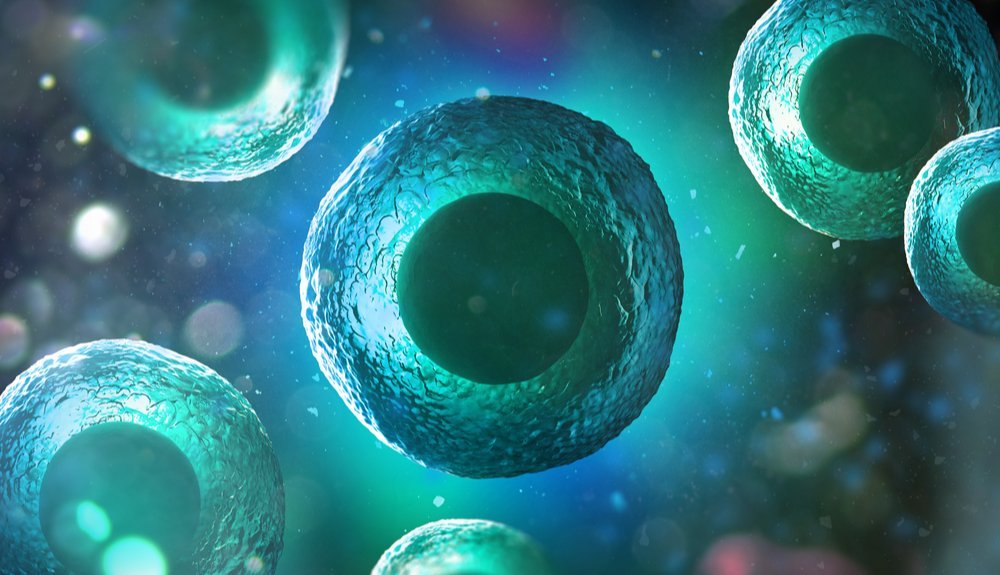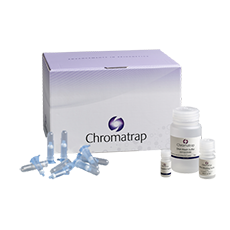This month, instead of looking at the ways in which the Chromatrap kits aid research across the globe, we are staying in house and focusing on the intricacies of our products, and more specifically the hugely popular Lysis and Hypotonic Buffers.
What is the role of buffers?
Breaking through the cell membrane is one of the first steps to exploring and understanding the underlying processes and mechanisms that drive biological organisms.
With chromatin being at the heart of the chromatin immunoprecipitation (ChIP) technique, extraction and purification of chromatin and its interacting proteins is a vital starting point for various studies such as epigenetics research.
This is where the lysis and hypotonic buffers play a crucial role.
Hypotonic Buffer
The main role of the Hypotonic Buffer is the disruption of cell membranes through swelling of the cells. Its optimised buffer composition ensures effective lysis of cell membranes to aid in the release of cell nuclei for a range of different species of organism.
Lysis Buffer
The Lysis Buffer is an optimal buffer system whose main function is to break the nuclear membrane releasing nuclear material for study. For your research you can choose the Chromatrap® lysis buffer for enzymatic shearing, which provides users with a complete lysis buffer for the disruption of nuclear cell membranes with a milder detergent than that required for mechanical fragmentation.
Alternatively, opt for the Chromatrap® lysis buffer for sonication for an optimised buffer composition which ensures effective nuclear lysis for a range of different species of organism and difficult to lyse cell types and tissues; this detergent based buffer is ideal for the fragmentation of samples by sonication.
What are the characteristics of reagent-based methods?
The characteristics of reagent-based method for lysing cells include:
- It is a rapid, gentle, efficient, and reproducible method, and leads to a high protein yield.
- It can be used to extract total protein or subcellular fractions or organelles from various sample types.
- It works by disrupting the lipid membrane and/or cell wall.
- Some components may need to be removed for downstream analysis.
- High concentrations of salts and detergents are not compatible with protein assays and mass spectrometry.
With the success of a ChIP assay being highly dependent on the quality of chromatin prepared, the individual reagents supplied by Chromatrap® for the isolation of chromatin from your sample play an important role in the process.
The Lysis and Hypotonic Buffers for sonication are compatible with all of Chromatrap® ChIP kits for sonication from fixed cells or tissue, and the lysis buffer for enzymatic shearing is compatible with all Chromatrap® ChIP kits for enzymatic shearing from fixed cells or tissue.


